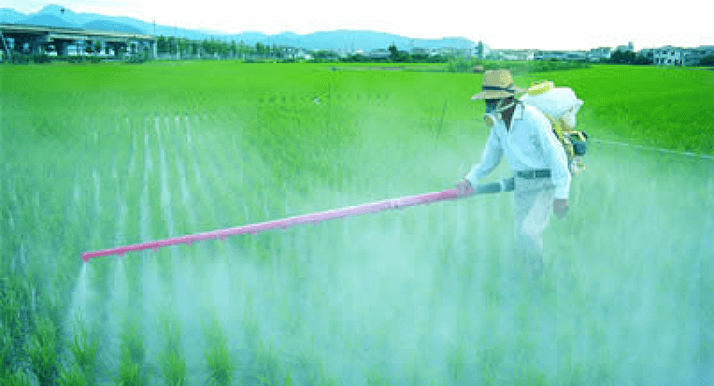Summary
This Application Note shows that BenchTOF time-of-flight mass spectrometers provide a robust, high-performance and highthroughput solution for screening multiple trace-level environmental contaminants. Revolutionary variable-energy electron ionisation is also shown to aid compound identification and enhance the selectivity and sensitivity of analyses by generating secondary (qualifying) mass spectra with reduced fragmentation and a stronger molecular ion signal.


Introduction
The introduction of recent legislation, such as the EU Environmental Liabilities Directive 2004/35/EC, has led to a demand amongst analysts for more precise and robust methods for the identification of pollutants in environmental matrices, such as soil, sediment and water. However, meeting this demand has proved extremely challenging, fundamentally because of the large and continually increasing number of toxic compounds that may need to be monitored in a singlec analysis.Specific challenges are multiple chromatographic co-elutions and the complexity of the background, which often make it difficult to detect and quantify trace-level compounds of interest using conventional quadrupole-based GC–MS methods. Time-of-flight (TOF) mass spectrometers such as Markes’ BenchTOF provide a useful alternative in these cases, generating reference-quality spectra at better sensitivity levels than conventional quadrupoles used in selected ion monitoring (SIM) mode. They also operate without scanning, so the spectra are free from skew and produced at much faster acquisition speeds. The resulting information-rich data sets provide the ideal raw material for data-mining algorithms such as spectral deconvolution, which can then be used to detect trace co-eluting or matrix-masked compounds. Another limitation of current GC–MS methods is that several key environmental target compounds – such as the ‘drin’-type pesticides – exhibit extreme fragmentation and/or weak molecular ions. This limits sensitivity and makes them even more difficult to identify at low concentrations and against a complex background. Soft ionisation techniques can be used to reduce the degree of fragmentation, but traditional approaches to this, like chemical ionisation, have been cumbersome to implement, because they demand specialised hardware and more frequent system maintenance.This Application Note describes the use of Markes’ revolutionary Select-eV technology, which enables low-energy (soft) ionisation without compromising sensitivity and without any need for reagents or hardware changes. We also show how Select-eV complements the other fundamental advantages of Markes’ BenchTOF instruments for the fast identification of trace environmental contaminants.Background to BenchTOF instruments
The ALMSCO BenchTOF™ range of time-of-flight mass spectrometers is designed specifically for gas chromatography and is uniquely effective for challenging applications in busy laboratories. It can reliably accommodate fast-GC or GC×GC analyses of multiple trace-level environmental contaminants. Relevant system advantages include:- Sensitivity: Highly efficient direct-extraction technology allows full-range spectra to be acquired with better than SIM-level sensitivity, allowing trace-level target compounds and unknowns to be reliably detected in a single run.
- Spectral quality: The ‘reference-quality’ spectra produced by BenchTOF instruments at 70 eV are a close match for those in commercial libraries such as NIST or Wiley, facilitating confident identification of both targets and unknowns.





